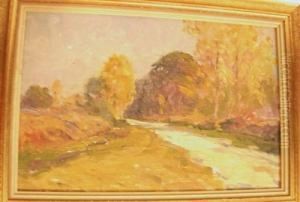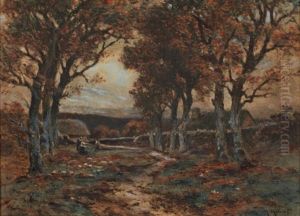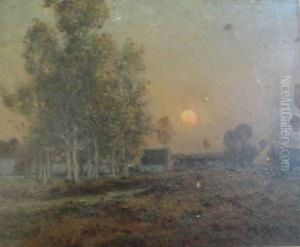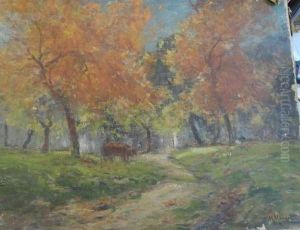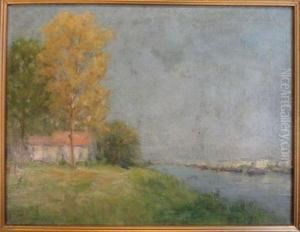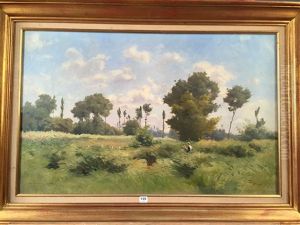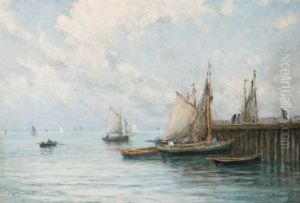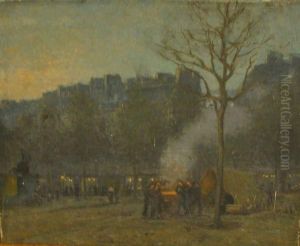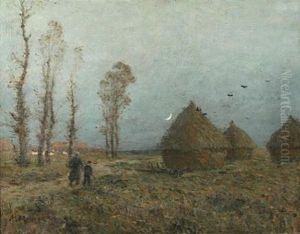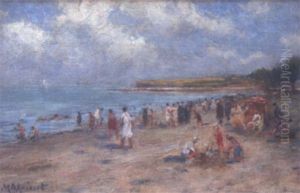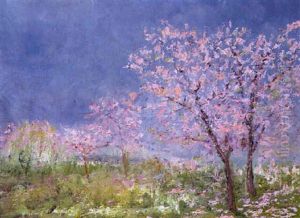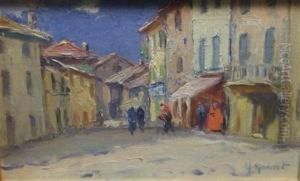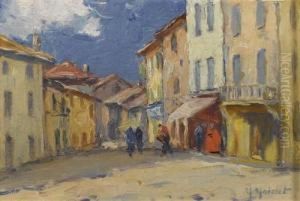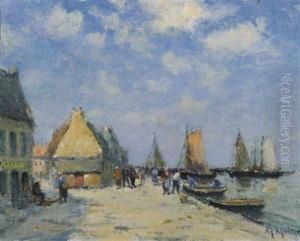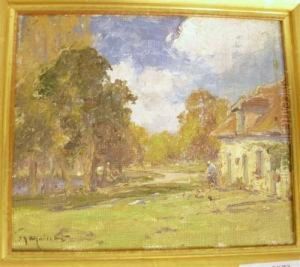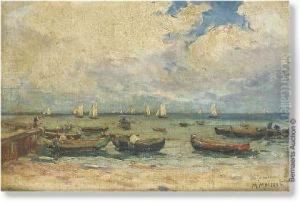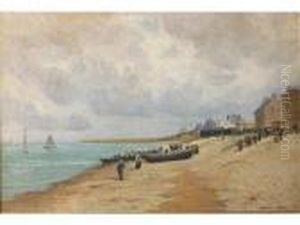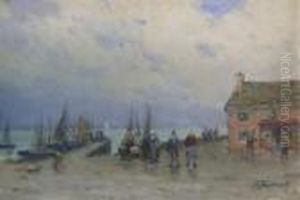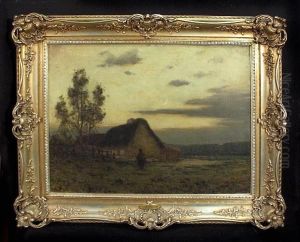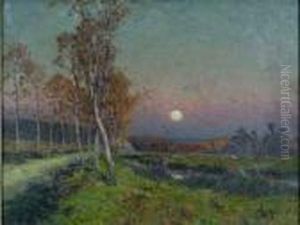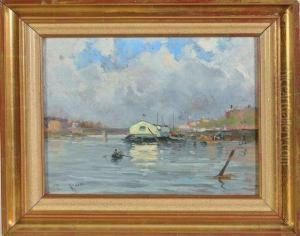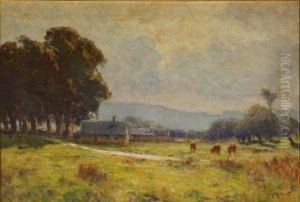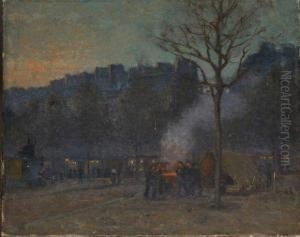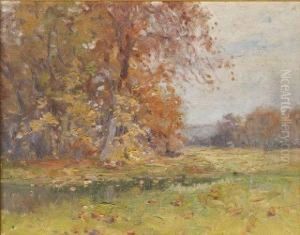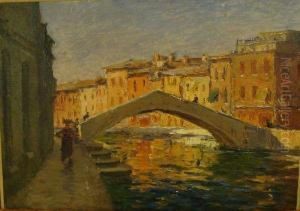Maurice Moisset Paintings
Maurice Moisset was a French painter who lived during the late 19th and early 20th centuries. Born in Paris in 1856, Moisset grew up in an era of great artistic change, where the impressions of Impressionism were beginning to take hold. Despite this, Moisset was more closely aligned with the academic traditions and was known for his genre paintings, portraits, and still lifes.
Moisset studied at the École des Beaux-Arts in Paris under Alexandre Cabanel, who was a prominent academic painter of the time. Cabanel's influence is evident in Moisset's work, which often reflected the academic emphasis on technical precision and a polished finish. Throughout his career, Moisset exhibited his work at the Paris Salon, which was the official art exhibition of the Académie des Beaux-Arts in Paris.
In 1880, Moisset received a third-class medal at the Paris Salon, and in 1888, he was awarded a second-class medal. His recognition at the Salon helped to establish his reputation as a skilled painter. Moisset's works were appreciated for their detailed realism, use of color, and classical composition.
Despite the rise of Impressionism and Post-Impressionism during his lifetime, Moisset remained committed to the traditional methods he had learned. His paintings often depicted everyday life, capturing moments of domestic tranquility with a sense of warmth and intimacy. He was also adept at creating lush floral still lifes, which were popular among private collectors.
Maurice Moisset's career was predominantly based in France, and although he never achieved the same level of fame as some of his contemporaries, his work was well respected by his peers and art enthusiasts of the time. He continued to paint throughout his life, and his body of work contributes to the understanding of the period's genre and academic art.
Moisset's death came in 1924, marking the end of his life but leaving behind a legacy that is preserved in the collections of French museums and in private collections around the world. His work, though not widely known today, provides insight into the tastes and artistic values of his time.
